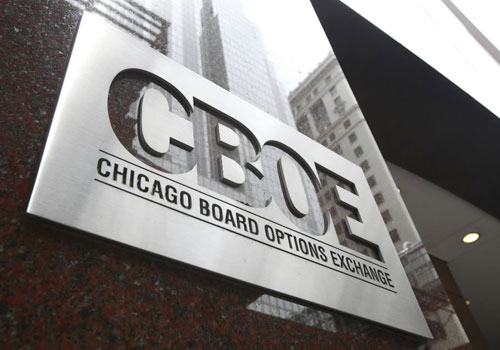The Securities and Exchange Commission, despite warnings from the Security Traders Association, is not overly concerned with two openings in a single stock.
“We’ve chosen to let a thousand markets bloom in [terms of] market structures,” Erik Sirri, director of the SEC’s Division of Trading and Markets, said at the annual STA Washington, D.C., conference earlier this week. He noted that while there may be “unusual price variations, that’s a market structure choice we’ve made.”
Sirri’s comments follow on the heels of traders’ complaints that Nasdaq’s recent initiative to open trading in New York Stock Exchange-listed securities has produced one too many opening prices.
Sirri told the crowd of about 150 attendees that he’d be open to hearing concerns about the opening. Still, he said that neither he nor his staff has been alerted by the industry that there is a problem.
Released last week, STA’s special report on market structure called for a coordinated opening process between the two primary exchanges. The STA said it would work with industry participants to find a solution and develop a guideline of best practices for the opening. “Clearly, there are different opinions on this subject,” John Giesea, STA president and CEO, told Traders Magazine. “Our desire is to flush them out and determine if there is a mandate to negotiate an improved process for market openings.”
Historically, the primary listing market has opened trading in its stocks. Other market centers competed for order flow once trading commenced. But last summer, Nasdaq extended its electronic automated auction process to non-Nasdaq names. That resulted in dual openings, and usually two different prices, in Big Board stocks for the first time.
One of Nasdaq’s advantages is that it opens stocks at exactly 9:30 a.m. At the NYSE, stocks are opened manually by specialists, which can lead to later starts.
The NYSE is in the process of bringing more automation to its opening process. The exchange has said that will make the opening more efficient and enable stocks to open closer to 9:30 a.m.
At the same time, the NYSE maintains that its opening process is superior to Nasdaq’s. It believes its opening benefits from the exchange’s massive liquidity and the ability of the specialist to open stocks at a price that inspires greater confidence among investors. Nasdaq trades under 5 percent of NYSE’s opening volume at the start of the day, Larry Leibowitz, head of U.S. execution and global technology at NYSE Euronext, NYSE’s parent company, said recently.
The STA, in its report, said exchange competition is good but that multiple prices at the opening “could have profound implications [for] the price discovery process and investor confidence, especially if the first trade reported is of de-minimus volume or is subsequently removed from the tape.” The STA said it would work with exchanges, regulators and market participants to try to identify “the characteristics and components of a sound opening process.”
Speaking at the D.C. conference, Sirri acknowledged that competition at the open may be difficult for some investors. “I understand why people are frustrated–there are different prices at different times,” Sirri said. But he pointed out that the SEC hasn’t heard from many people that differences in the opening price are causing problems for investors or resulting in higher trading costs for institutions.
Asked whether retail customers are likely to be aware of differences in opening prices, Sirri replied that, by and large, he didn’t think so. “If you’re the public, you’re going to just see an unusual amount of volatility at the opening as different markets open.”
What brokers should do, Sirri told the assembled traders, is let retail customers know that there is some pricing risk associated with executing around the opening.
Sirri stressed that what’s key for brokers is disclosure, “highlighting to the customer what the issues are when they trade around the opening [and] that there is some disparity in prices” at different market centers. However, he told the crowd, this is an issue the SEC’s Office of Compliance Inspections and Examinations is better suited to address than his division.




